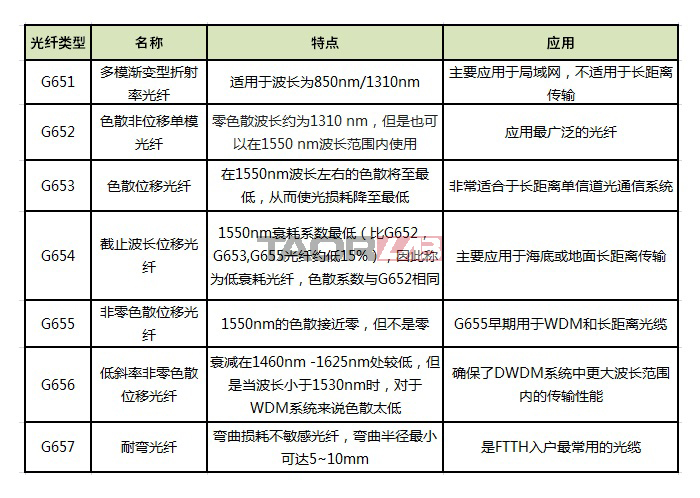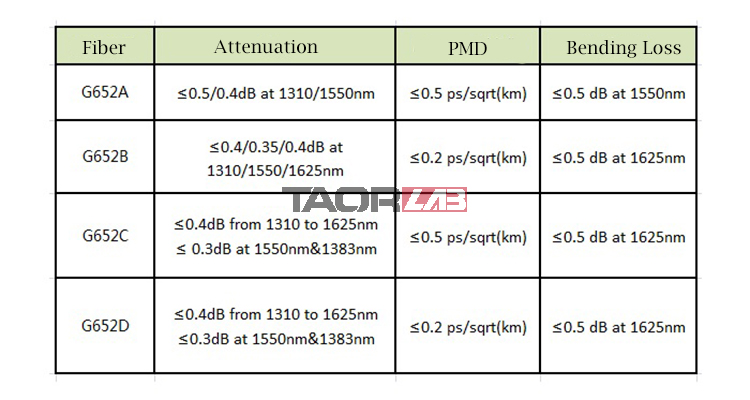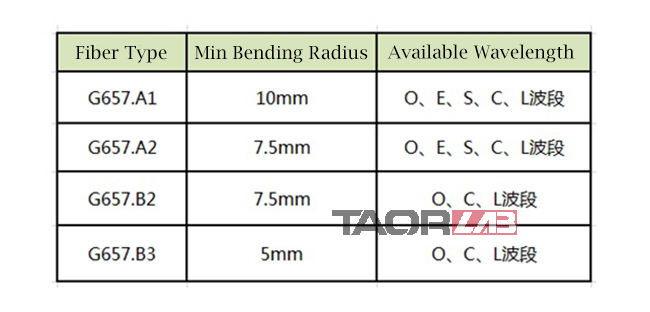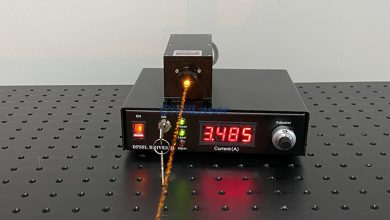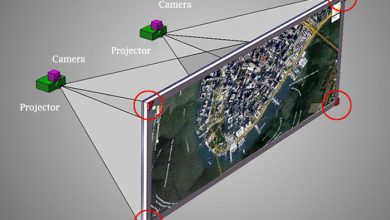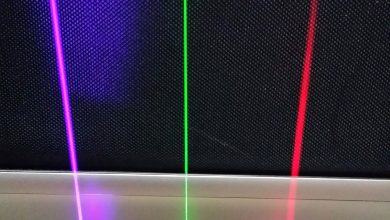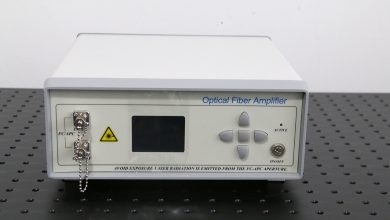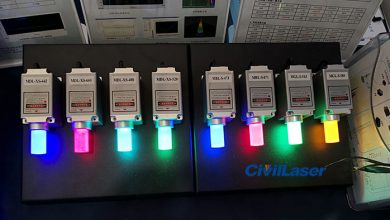Laser Article
What Are the Types of Optical Fiber?
Optical fibers can be classified in various ways according to different characteristics, such as single-mode optical fibers and multi-mode optical fibers according to optical modes. Divided by refractive index: jumper fiber and graded fiber. Among them, according to ITU standards, optical fibers are divided into seven types: G651, G652, G653, G654, G655, G656, G657, among which G652 and G657 are commonly used.
First of all, what is the ITU standard?
The ITU standard is also the International Telecommunication Union (ITU for short). The Chinese name of ITU-T is the ITU Telecommunication Standardization Sector, which is an organization under the management of the International Telecommunication Union that specializes in formulating international standards related to telecommunications.
In order to make the optical fiber have a unified international standard, ITU-T has formulated a unified optical fiber standard (G standard). According to the ITU-T recommendations on optical fibers, the types of optical fibers are divided into seven categories. There are some sub-categories in each category.
Multimode fiber
G. 651 fiber (multimode graded index fiber)
Single mode fiber
G. 652 (dispersion non-shift single-mode fiber)
G. 653 (dispersion shifted fiber)
G. 654 (cut-off wavelength shifted fiber)
G. 655 (non-zero dispersion shifted fiber)
G. 656 (low slope non-zero dispersion shift fiber)
G. 657 (bend-resistant fiber)
What is non-zero dispersion shifted fiber (NZDF)?
This kind of fiber has non-zero dispersion at 1550nm wavelength, so it is called non-zero dispersion-shifted fiber. It has reasonable low dispersion in the 1550nm wavelength region, enough to support 10Gbit/s long-distance transmission without dispersion compensation, and its dispersion value maintains non-zero characteristics to suppress the influence of non-linear effects such as four-wave mixing and cross-phase modulation . This kind of optical fiber mainly uses dense wavelength division multiplexing transmission system.
G. 651 fiber (multimode graded index fiber)
G651 fiber is a multimode fiber. 50/125μm, multimode graded index fiber, suitable for short-distance transmission with a wavelength of 850nm/1310nm. Mainly used in local area network, not suitable for long-distance transmission, but in short-distance 300-500 transmission network, G651 is a low-cost multimode transmission fiber. Mainly used in multi-tenant, residential buildings, and enterprise networks in FTTH networks. Its bending radius is half of that of G652 fiber (about 15mm). The advantage is mainly reflected here. It is suitable for indoor installation and is generally used in FTTH environments.
G. 652 (dispersion non-shift single-mode fiber)
Conventional single-mode fiber is also the most widely used fiber, and it is the most used fiber in the world today (about 70% of fiber volume). The cut-off wavelength is the shortest, which can be used for both 1550nm and 1310nm, but the best working wavelength is in the 1310nm region. The characteristic is that the dispersion is zero when the wavelength is around 1310nm, the attenuation is 0.3~0.4dB/km, and the dispersion coefficient is 0~3.5ps/nm. km; the loss is the smallest when the wavelength is 1550nm, the attenuation is 0.19~0.25dB/km, and the dispersion coefficient is 15~18ps/nm. km, but the dispersion coefficient is large in the 1550nm band, which is 17ps/(nm?km), which is not suitable for long-distance applications above 2.5 Gb/s.
G652 fiber can be divided into G652A, G652B, G652C, G652D, the main difference lies in PMD polarization mode dispersion (Polarisation Mode Dispersion). A/B is a basic single-mode fiber, and C/D is a low-water peak single-mode fiber. Among them, G652D is the most commonly used. Because of its low fiber dispersion at 1300nm operating wavelength, the transmission distance of the system is only limited by loss.
The difference between these four types:
G652A optical fiber supports a transmission distance of 400 km in a 10 Gbit/s system, a transmission distance of 40 km in a 10 Gbit/s Ethernet system, and a transmission distance of 2 km in a 40 Gbit/s system. It can be used in D, E, S, C and L5 bands, and it can work in the entire working wavelength range of 1260-1625nm. It has better bending performance and more precise geometrical technical requirements.
G652B optical fiber supports a transmission distance of 3000 km in a 10 Gbit/s system, and a transmission distance of 80 km in a 40 Gbit/s system.
The properties and application range of G652C fiber are similar to G652A fiber. However, the attenuation of G652C fiber at 1550nm wavelength is relatively small. It can be used in the extended band (E-band) and short-band (S-band) in the range of 1360-1530 nm. In addition to the 1310nm and 1550nm wavelength regions, the application wavelength range is also extended to 1360nm to 1530nm.
G652D fiber combines the advantages of G652B and G652C fiber. G652C is similar to G652A and has better performance at 1550 nm wavelength. Therefore, G652D almost covers G652A, G652B, and G652C. Currently, when it comes to G652 fiber, most of the time it refers to G652D. G652D fiber is widely used in many applications.
G. 653 (dispersion shifted fiber)
The chromatic dispersion at the wavelength of 1550nm will be minimized, thereby minimizing the optical loss, which is very suitable for long-distance single-channel optical communication systems. Now, G. 653 fiber is almost no longer deployed, and has been used by G. 655 fiber is replaced for WDM applications, because the channels allocated around 1550nm in G653 fiber are severely affected by noise caused by non-linear effects caused by noise.
G. 654 (cut-off wavelength shifted fiber)
1550nm has the lowest attenuation coefficient (approximately 15% lower than G652, G653, and G655 fibers), so it is called a low-attenuation fiber. The dispersion coefficient is the same as that of G652, and it is the least actually used fiber. It is mainly used for long-distance transmission under the sea or on the ground, such as a 400-kilometer route without a transponder. It includes five revisions, namely G. 654. A, G. 654. B, G. 654. C, G. 654. D and G. 654. G654. A, G. 654. B, G. 654. C and G. 654. D fiber is suitable for extended long-distance submarine applications. And G654. E fiber is specially designed for high-speed and long-distance terrestrial optical networks.
G. 655 (non-zero dispersion shifted fiber)
The main feature is that the dispersion of 1550nm is close to zero, but not zero. It is an improved dispersion-shifted fiber to suppress four-wave mixing. G655 was used in WDM and long-distance optical cables in the early days, and now more is used by G652. Replaced by D fiber.
G. 656 (low slope non-zero dispersion shift fiber)
A type of non-zero dispersion-shifted fiber that has strict requirements on the speed of dispersion, ensuring the transmission performance in a larger wavelength range in the DWDM system. G. The attenuation of 655 fiber is low at 1460nm -1625nm, but when the wavelength is less than 1530nm, the dispersion is too low for the WDM system. Therefore, G. 656 fiber is not suitable for applications from 1460nm to 1530nm.
G. 657 (bend-resistant fiber)
G657 is an optical fiber that is not sensitive to bending loss, with a minimum bending radius of 5 to 10 mm. It is the most commonly used optical cable for FTTH home access. Because of its better performance, it is widely used, but the cost is higher than G652D. The ITU-T standard divides G657 into two sub-categories A and B, and the sub-categories are further divided into four sub-categories A1, A2, B2, and B3. The available wavelengths of class A are O, E, S, C, and L bands, and the available wavelengths of class B are O, C, and L bands.
TaorLab is a professional optoelectronic device OEM/ODM and solution provider. Focus on providing customers with efficient manufacturing, high-quality products and in-depth research and development. Our products are widely used in fiber to the home, 4G/5G mobile communications, Internet data centers, national defense communications and other fields.

